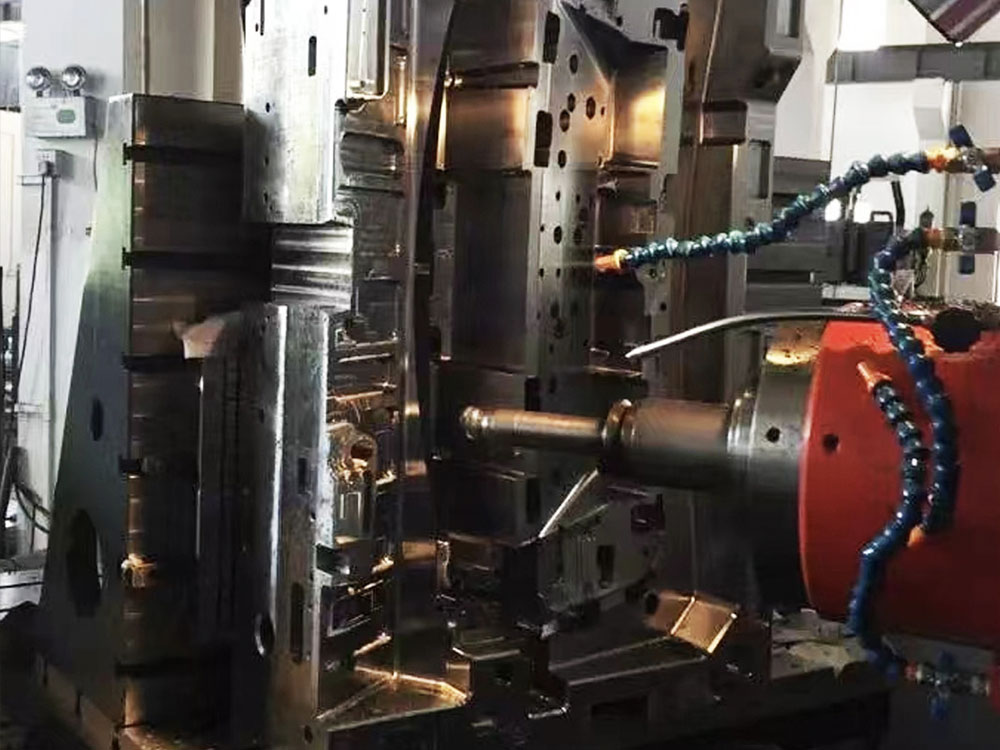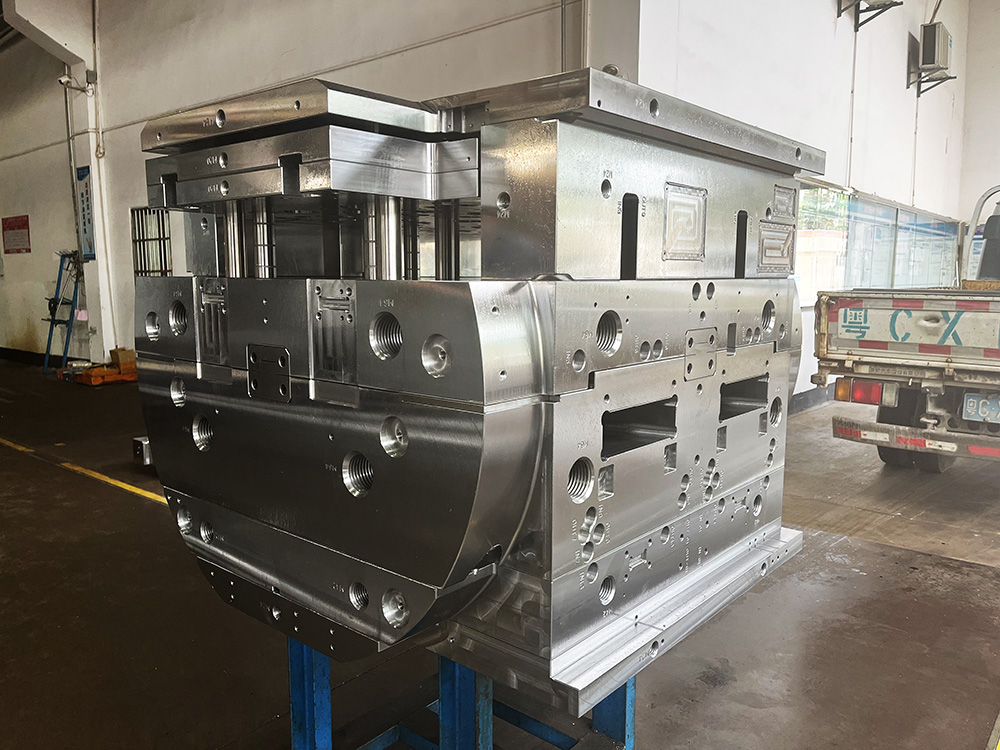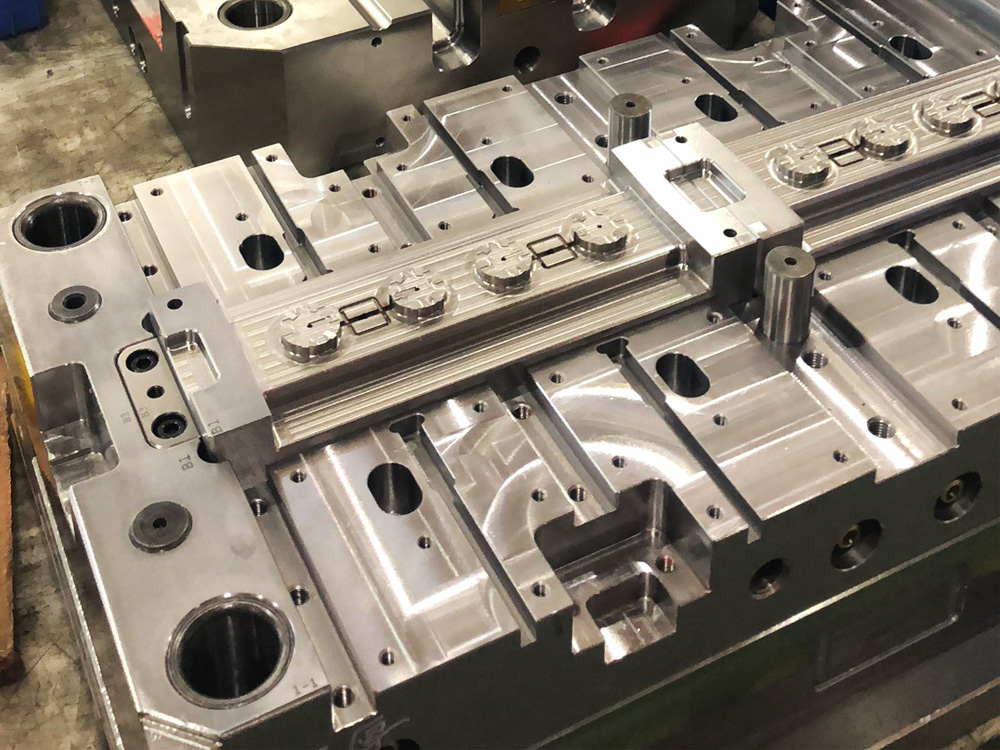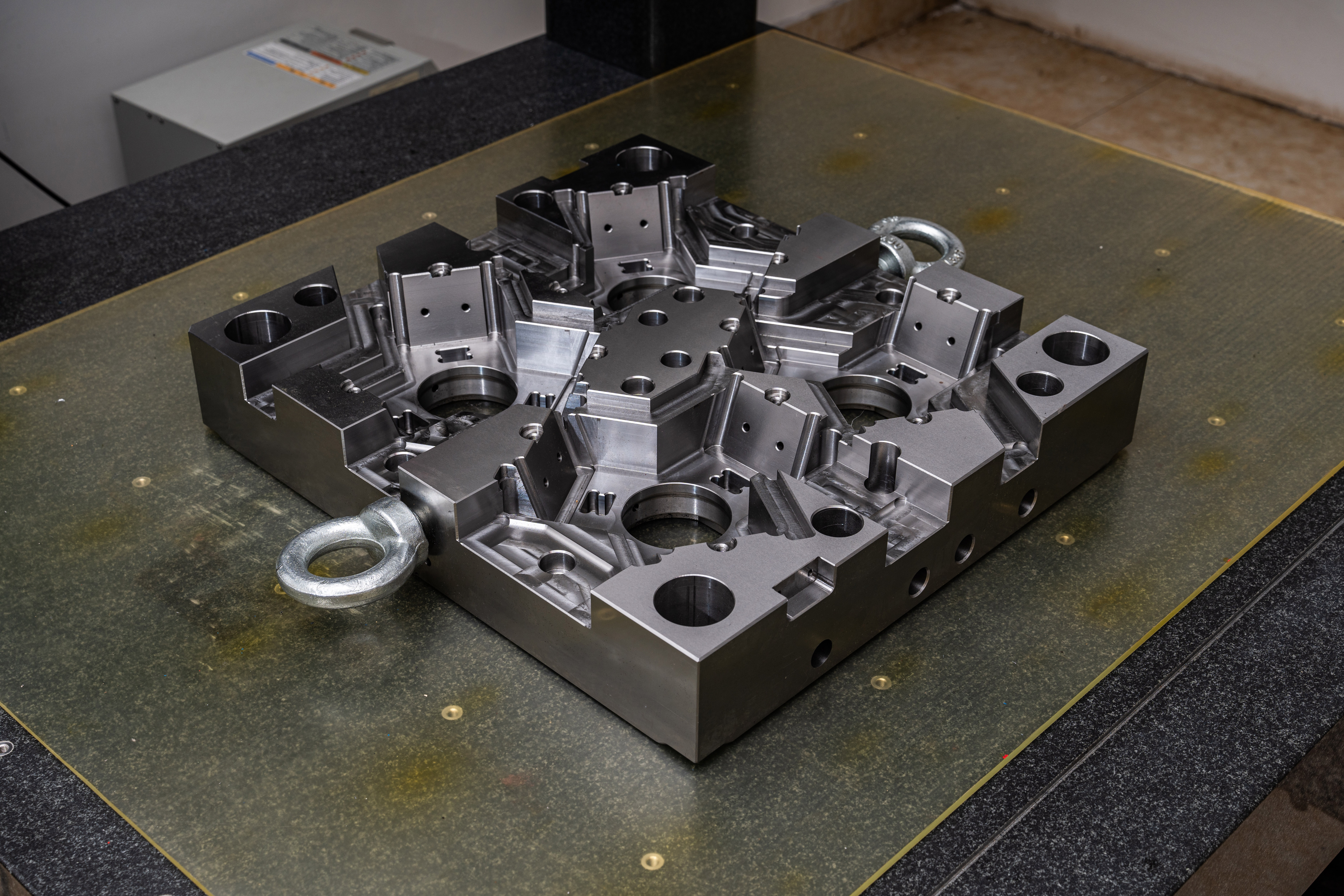How to Use a Grinder in a Model Manufacturing Plant
Grinding operations play a crucial role in the mold base industry, as they help achieve the desired shape, size, and surface finish of manufactured models. In a model manufacturing plant, grinders are widely used to remove excess material, smooth rough surfaces, and ensure precision in the final product. In this article, we will discuss the step-by-step process of using a grinder in a model manufacturing plant.
Step 1: Proper Setup and Inspection
Before starting any grinding operation, it is essential to ensure proper setup and inspect the grinder. First, secure the grinder firmly to a sturdy workbench or platform. Make sure all the parts, such as the wheel guard, work rests, and spark deflectors, are in good condition and positioned correctly. Check if the wheel is clean, free from cracks or damage, and securely mounted on the spindle. Additionally, inspect the electrical connections and make sure the grinder is properly grounded.
Step 2: Wear Personal Protective Equipment (PPE)
Personal Protective Equipment (PPE) is crucial to ensure the safety of the operators during grinding operations. Wear safety glasses or a face shield to protect the eyes from flying debris. Use hearing protection to minimize the noise level. It is also recommended to wear gloves, a long-sleeved shirt, and pants to protect the skin from any sparks or heat generated during grinding.
Step 3: Positioning and Fixturing the Model
Before starting the grinding process, carefully position and securely fixture the model on the work surface. The model should be properly aligned and clamped to prevent any movement during grinding. This ensures accurate and consistent results in the final product.
Step 4: Start the Grinder and Set the Speed
Switch on the grinder and set the appropriate speed for the specific material and grinding wheel being used. Refer to the manufacturer's guidelines or consult with experienced operators to determine the optimal speed. This step is crucial to avoid any damage to the model or grinding wheel.
Step 5: Grinding Technique
When grinding, apply light and steady pressure while moving the model against the rotating grinding wheel. Use smooth and even motions to ensure a uniform removal of material and prevent any marks or unevenness. It is important to maintain a proper balance between the applied pressure and the speed of the grinder to achieve the desired result.
Step 6: Cooling and Lubrication
During prolonged grinding operations, heat can build up and affect the model or the grinding wheel. To prevent excessive heat and maintain the integrity of the model, use appropriate cooling and lubrication techniques. This may include the use of coolants or cutting fluids, depending on the material being ground.
Step 7: Inspection and Finishing
Once the grinding process is complete, carefully inspect the model for any signs of imperfections, burrs, or rough edges. Use appropriate tools, such as files or sandpaper, to remove any remaining material or to smoothen the surface. Pay attention to the desired tolerances and specifications provided by the client or the manufacturing standards.
Step 8: Clean Up
After the grinding process, it is important to clean up the work area. Safely dispose of any grinding debris, such as leftover material or worn-out grinding wheels. Properly store the grinder and all associated tools and equipment in their designated places.
In conclusion, using a grinder in a model manufacturing plant requires careful setup, inspection, and adherence to safety precautions. By following the step-by-step process discussed in this article, operators can effectively utilize grinders to achieve accurate, precise, and high-quality results in mold base manufacturing.




